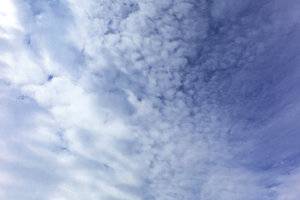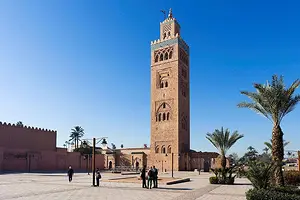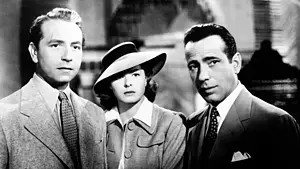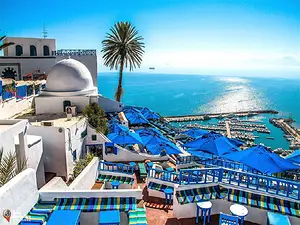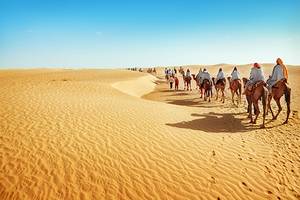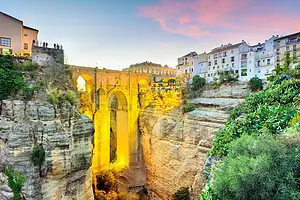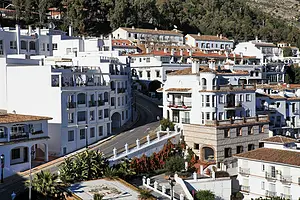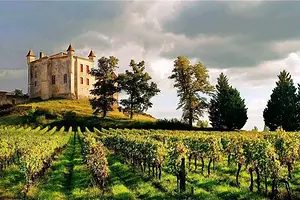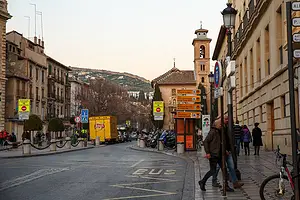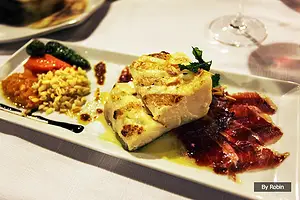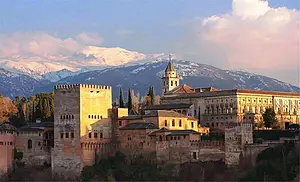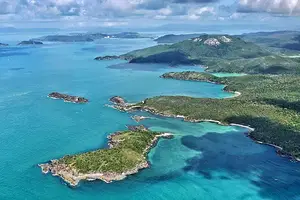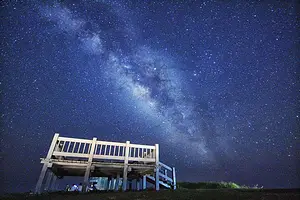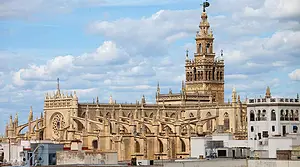426 Olympic-ro, Seongdong-gu, Seoul (Bangyi-dong)
4.4
Introduction
Olympic Park is a modern sports stadium that also preserves the Baekje ruins. It has forests and grasslands, making it a relaxing and enjoyable recreational space. Since the hosting of the 1988 Seoul Olympics, the park has gradually become an important place for citizens to relax, improve their quality of life, and promote health. It is also one of the largest sports venues in the country.
Olympic Park includes various spaces for sports, culture, art, history, education, and relaxation, making it a multi-functional and all-round versatile park. The park covers an area of 430,000 pyeong and is centered around the Baekje ruins of Mungchon Toseong and Mungchon Gairi (artificial lake). The park features world sculpture works, commemorative sculptures, the '88 amusement park, walking paths, and the Olympic Cultural Center.
In addition, the park regularly holds various paid and free performances, becoming a diverse place for citizens to rest. The park has various sports facilities, including swimming, gymnastics, fencing, judo, tennis, and racing. These facilities are inexpensive and provide a comfortable and relaxed environment. Furthermore, the park displays sculptures created by renowned artists, becoming a space for appreciating culture and art.
The Mungchon Toseong in Olympic Park was the capital city built during the 3rd and 4th centuries of the Baekje period. It was designated as the Henan Welcoming City and is now designated as Historic Site No. 297. The park is spacious, and it takes over three hours to walk around. To make it more convenient for visitors, it is advisable to familiarize oneself with the route in advance and take the Road Train to the Peace Plaza. Address 426 Olympic-ro, Seongdong-gu, Seoul (Bangyi-dong)
Opening hours 05:00-22:00
Peace Square 05:00-24:00.
